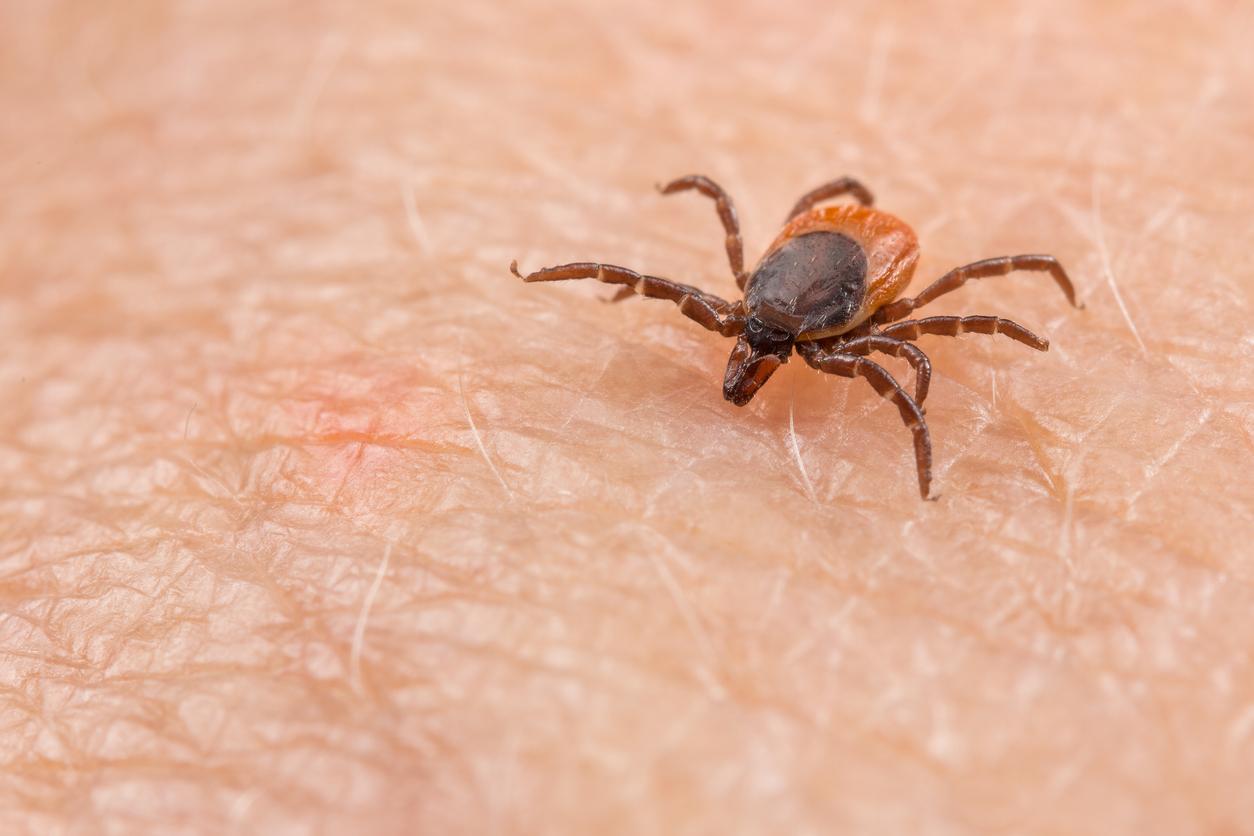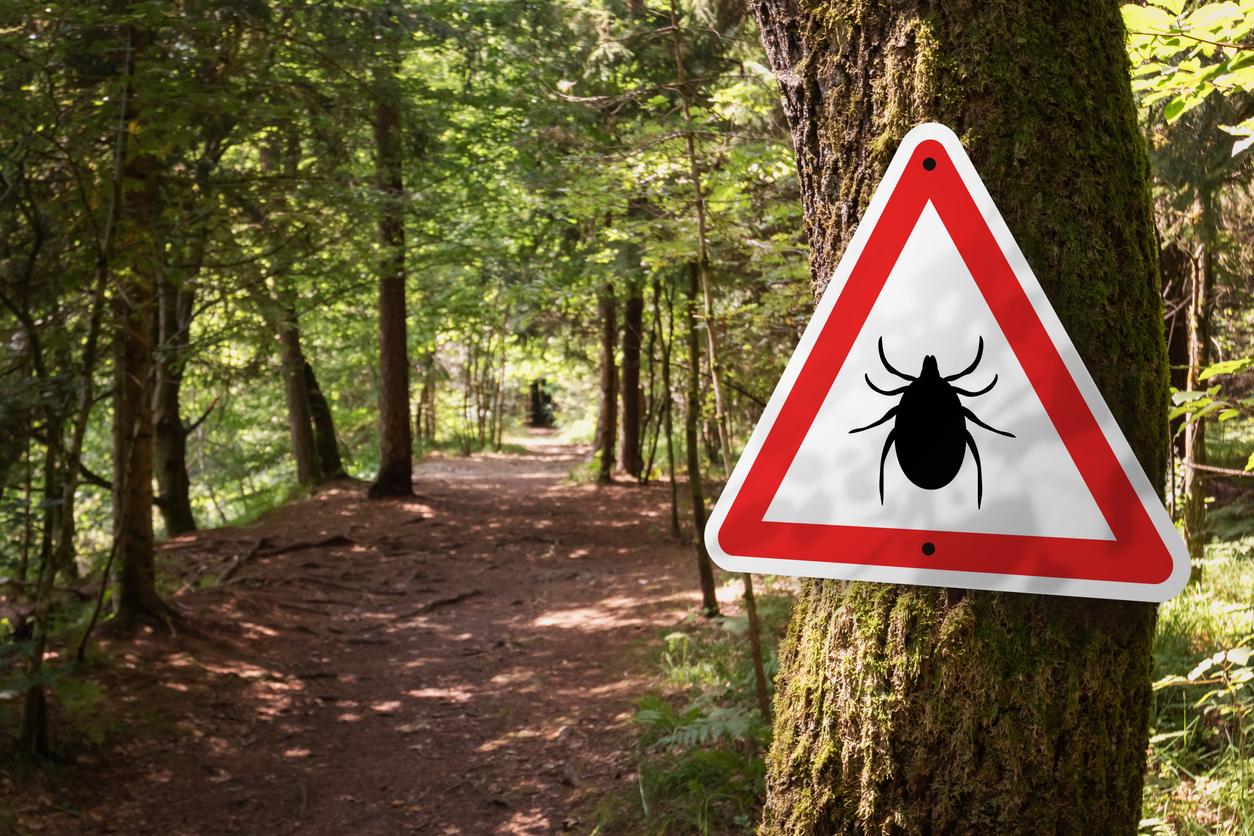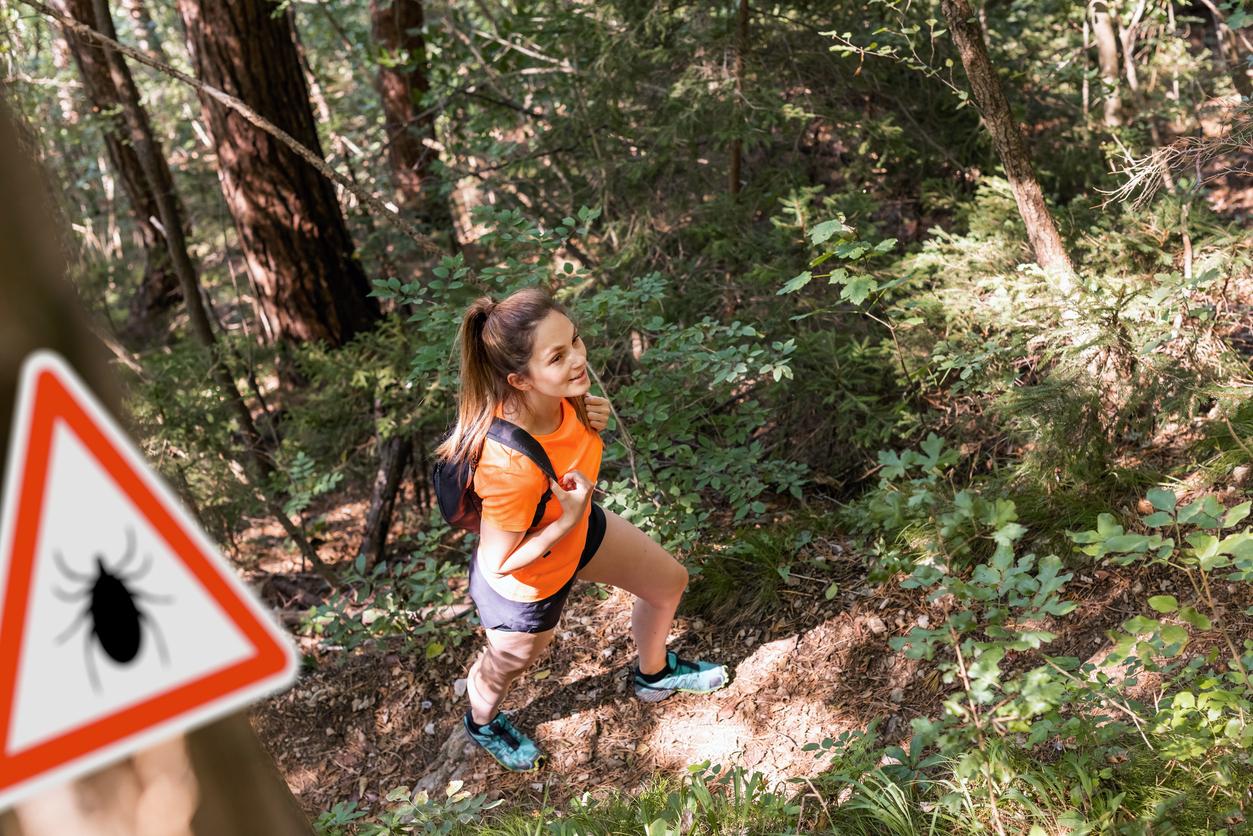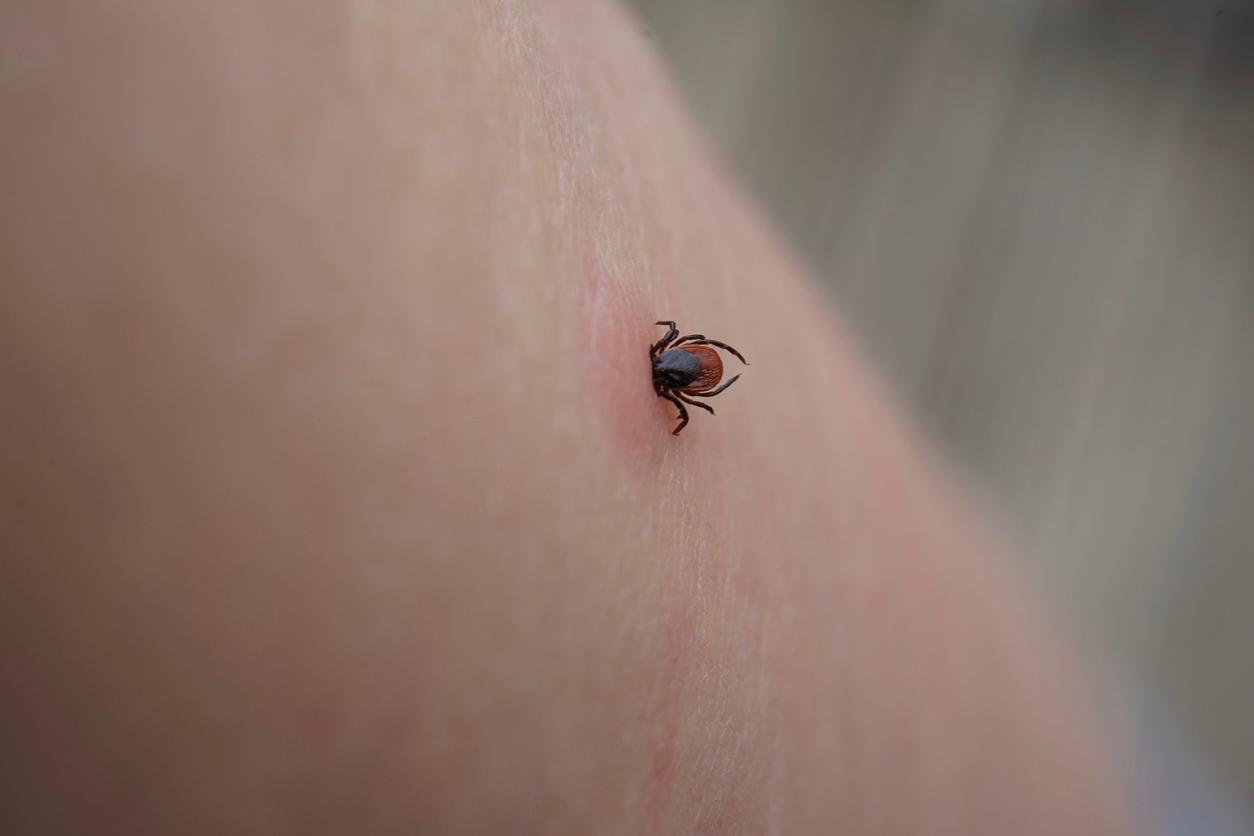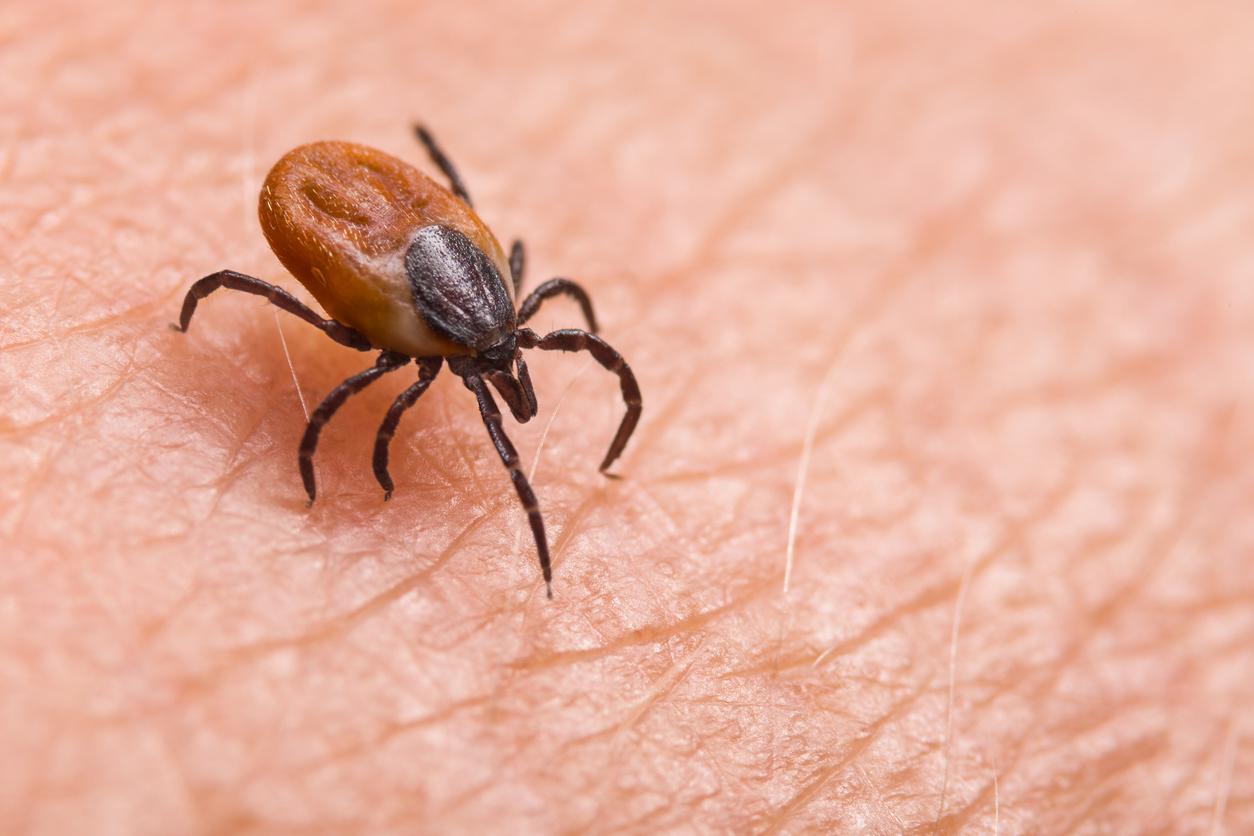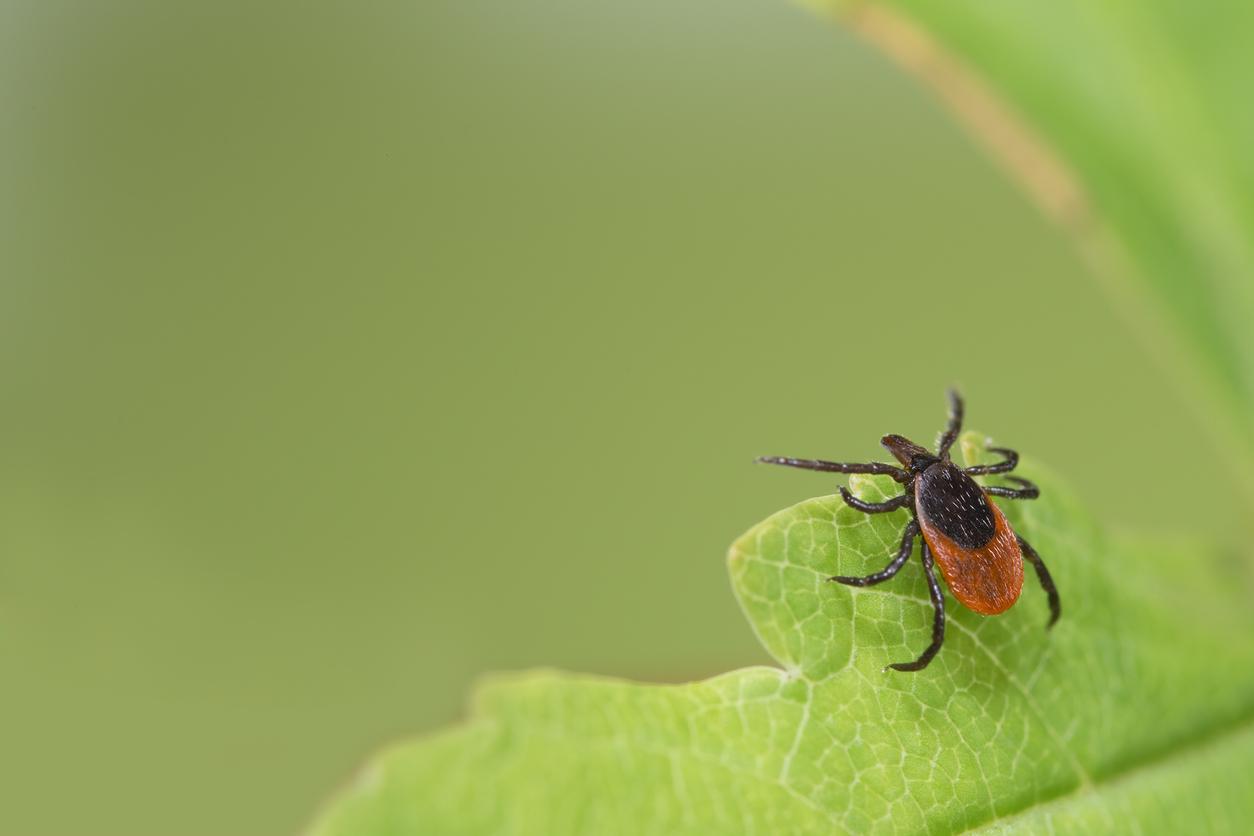Spring is precisely the period of maximum tick activity. They are found en masse in wooded and humid areas, tall grass of prairies, gardens, forest or city parks, as well as on animals. How to protect your house?
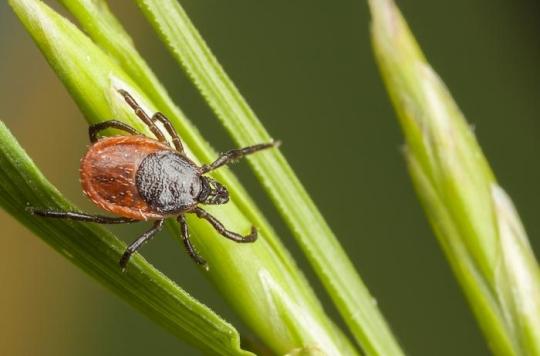
Lyme disease is an infectious disease, secondary to the transmission of bacteria during a tick bite. The French authorities recognize around 30,000 new cases each year. Lhe average prevalence is estimated at 43 cases per 100,000 inhabitants since 2009. By way of comparison, it was 16.5 cases per 100,000 people between 1999 and 2000 and 9.4 cases per 100,000 individuals from 1988 to 1989, according to Public Health France. In 2016, the estimated annual incidence rate also increased compared to 2015, from 51 cases / 100,000 to 84 cases / 100,000.
Recalling this constant increase in the number of cases is important since we are precisely at the period of maximum activity of these parasites. They are found en masse in wooded and humid areas, tall grass in prairies, gardens, forest or urban parks, or even on animals (domestic or wild). “Human contaminations are more frequent during the period of maximum tick activity, in France between the beginning of spring and the end of autumn”, warns the Ministry of Health.
Ticks are not naturally infected, but become infected by feeding on the blood of infected wildlife. They don’t move far on their own either. However, the spread of ticks by various vectors (rodents, migratory birds, domestic animals) makes it possible to be bitten outside woods and natural spaces. For example, they can stick to migrating birds and fall far from their original location.
Lyme disease
Lyme disease can appear within 30 days of the bite, first as a red, round patch that extends in a circle (erythema migrans) from the area of the bite. The skin lesion can be accompanied by muscle and joint pain, or even fever. With early treatment, it goes away within a few weeks to a few months. “The symptoms are multiple: joint pain, tremors and neurological disorders – memory loss, depression”, explained Eric Oden to France 3 Nouvelle-Aquitaine.
In the absence of treatment, the progression to the secondary phase is not systematic, but worsens the prognosis:infection can become chronic and spread from the skin to the whole body. She will then give complications serious which can affect several organs (joints, brain, heart …). “Months to years after infection can appear tertiary manifestations, articular, skin, neurological, muscular, or cardiac “, recalls the Ministry of Health.
Recognized for the first time as an occupational pathology
The people most at risk are professionals working in the forest (foresters, loggers, forest rangers, etc.), and those who go there for their leisure: hunters, golfers, fishermen, mushroom collectors, hikers, campers or others. Sunday strollers again.
After several months of procedure, thehe Guéret (Creuse) Social Security Business Court recognized Eric Oden’s Lyme disease as an occupational pathology. A first in France. The agricultural social mutuality (MSA), which had refused his claim for compensation, was ordered by the court to pay him 1,200 euros.
This forest technician at the Creuse hunting federation has been suffering from Lyme disease for 4 years, in particular because his job requires him to be in regular contact with animals carrying ticks. “The symptoms are multiple: joint pain, tremors and neurological disorders – memory loss, depressive state”, he explains to France 3 Nouvelle-Aquitaine. According to him, this court decision shows “that the chronic disease exists. We must evolve on the care in France. It becomes catastrophic”, he believes.
How to reduce the presence of ticks near your house?
It is important to protect yourself against tick bites, in particular by wearing light-colored clothing in order to distinguish them more easily on the fabric, closed shoes, pants, to cover the head and to favor clear paths rather than high ones. herbs. Remember to carefully inspect everyone after a risky ride, as well as pets.
To prevent ticks from establishing themselves around residential houses (if they are located near a wilderness or woodland), it is advisable to mow the lawn regularly and maintain the yard. You should also remove dead leaves, brush and weeds from the edges of the lawn and near stone walls. Rodent activity should be prevented by cleaning and sealing stone walls and small openings around the house.
Pets, especially dogs, should be prevented from going into the woods and possibly put tick repellents on pets. Children’s swings and sandboxes should be placed away from wooded areas. It is the same for wood reserves. Stone or concrete terraces are preferred in endemic areas.
What to do if bitten ?
If you have been bitten, it is urgent to quickly remove the tick, if possible within 12 to 36 hours of the bite. A tick puller (sold in pharmacies) is essential to remove it by grasping it in the direction of the axis of its body (in order to remove the whole body) and by rotating it counterclockwise. .

Credit: andriano_cz / iStock
This should be done with delicacy so that the tick does not vomit any bacteria it carries under your skin. Do not hesitate to use a magnifying glass and disinfect the area once the tick has been removed. You will still need to watch the bite for a month to make sure that a red patch does not develop there. If this is the case, seek medical attention promptly.
For more information, you can also consult:
The website of the Ministry of Health
http://www.sante.gouv.fr/maladie-de-lyme.html
The website of the France Lyme association
http://francelyme.fr/
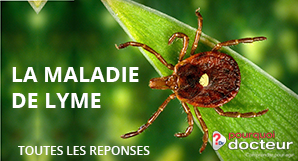
.










